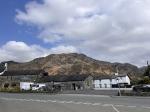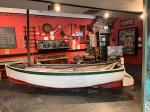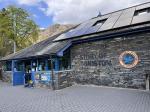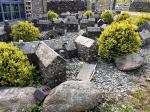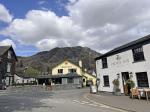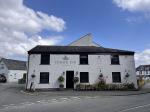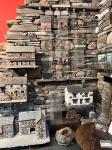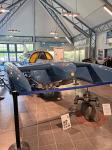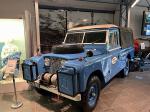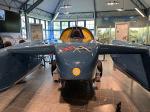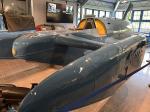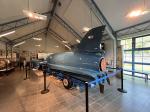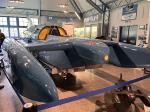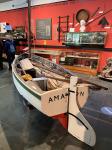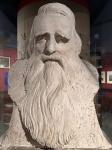Coniston - The Ruskin Museum
Coniston is a lovely small village and centre for walkers and climbers, it is dwarfed by ‘The Old Man of Coniston’ (2,632ft) rising above the back of the village.
Copper has been mined from the Coniston Fells since the Bronze Age. Mining continued to flourish during the seventeenth century and by the nineteenth century hundreds of workers were employed in the copper mines. Together with slate quarries Coniston’s miners settled in the village. It wasn’t until the late nineteenth century that copper mining started to decline and the railway which was built in 1859 to remove the mined ore and slate, began to bring in tourists to the area. The railway is now long gone but the tourists continue to visit the area.
There are two public launch services on Coniston Water, the Coniston Launch, and the National Trust’s Steam Yacht Gondola, both of these boats call at ‘Brantwood’ the home of John Ruskin, on the east side of the lake.
The writer and journalist Arthur Ransome (1884-1967) based his children’s book ‘Swallows and Amazons’ on locations around Coniston Water.
The Monk Coniston estate, owned by Beatrix Potter, and given on her death to the National Trust, stretches from Coniston to Skelwith Bridge. It includes the famous beauty spot – Tarn Howes.
Donald Campbell broke the water speed record on Coniston Water in 1955 and was killed attempting to regain it again in 1967. There is a memorial to him on the village green, just opposite the car park, and information about him in the Ruskin Museum.
On 8 March 2001, ‘Bluebird’ was raised from the bed of Coniston Water, and on 28 May the remains of what was later proved to be Campbell’s body were brought from the lake. A memorial service was held in Coniston church on 12 September 2001, and his body buried in the churchyard. In March 2024 ‘Bluebird’ was brought back to the Ruskin museum where it is on permanent display.
In 1872 John Ruskin the writer and philosopher settled in the area, having bought his house ‘Brantwood’ a year previously. Ruskin lived for the last 30 years of his life there, just across the lake from Coniston Village. When he died, he was buried in St Andrew’s Church graveyard, and his grave was marked with a large carved cross made from green slate from the local quarry at Tilberthwaite. It was designed by W.G. Collingwood his friend and secretary, who was an expert on Anglo-Saxon crosses, with symbols depicting important aspects of Ruskin’s work and life.
A year later W.G. Collingwood worked to set up an exhibition, now called the Ruskin Museum at the back of the Coniston Mechanics Institute, as a place to preserve any Ruskin mementos that could be found. Today the museum is a must place to visit whilst in the village.
|

